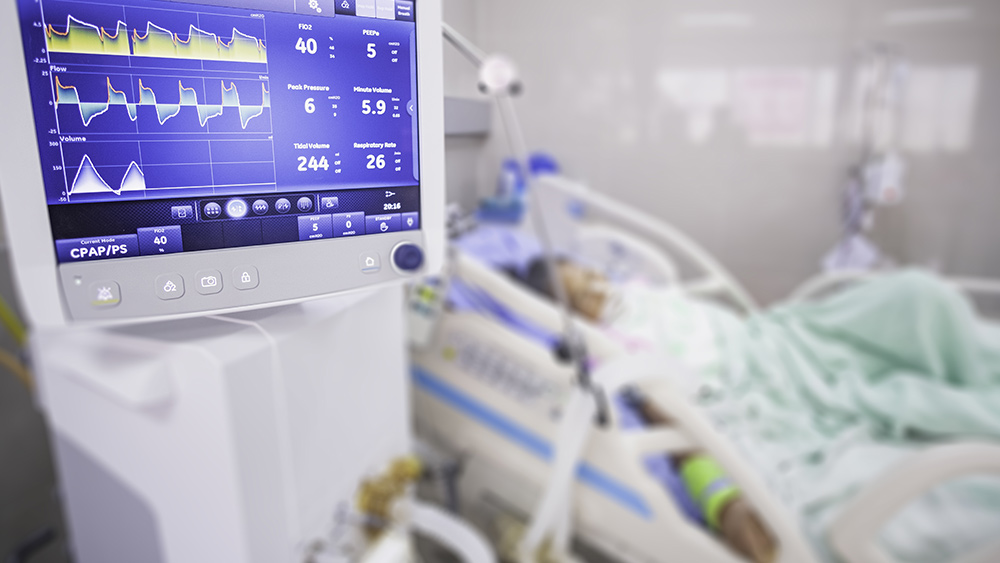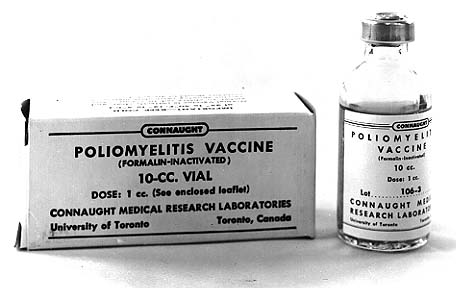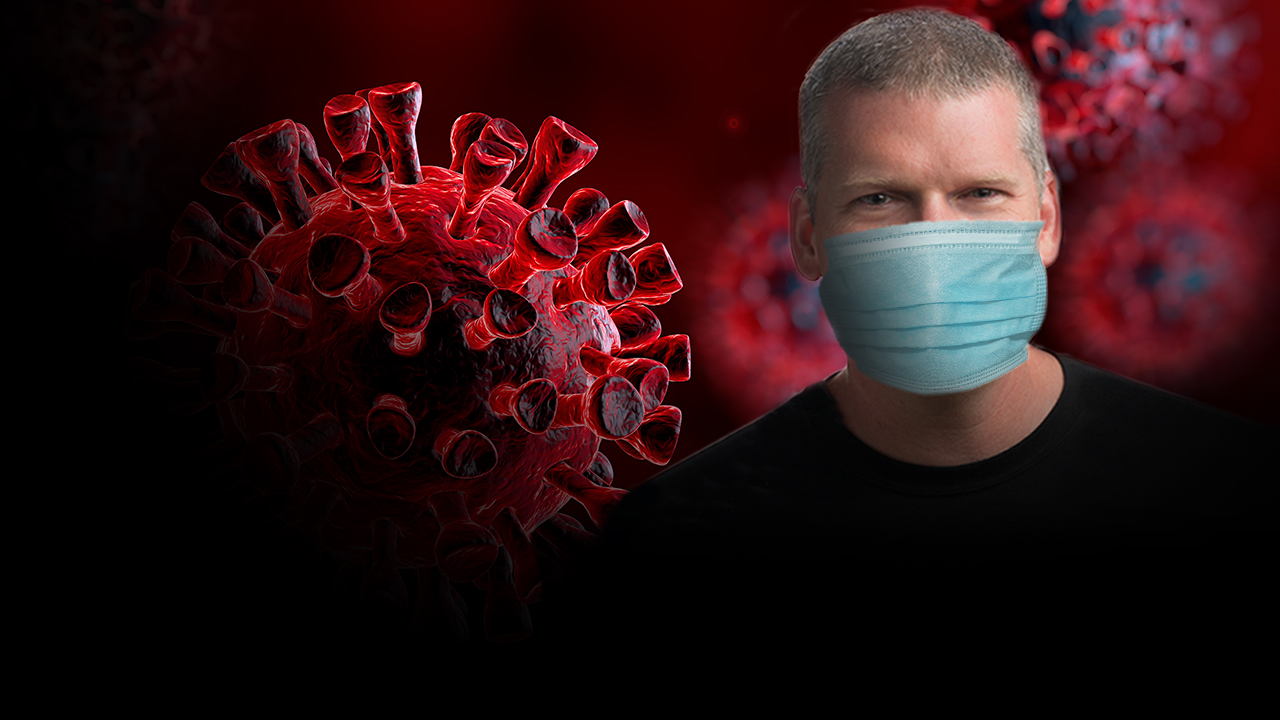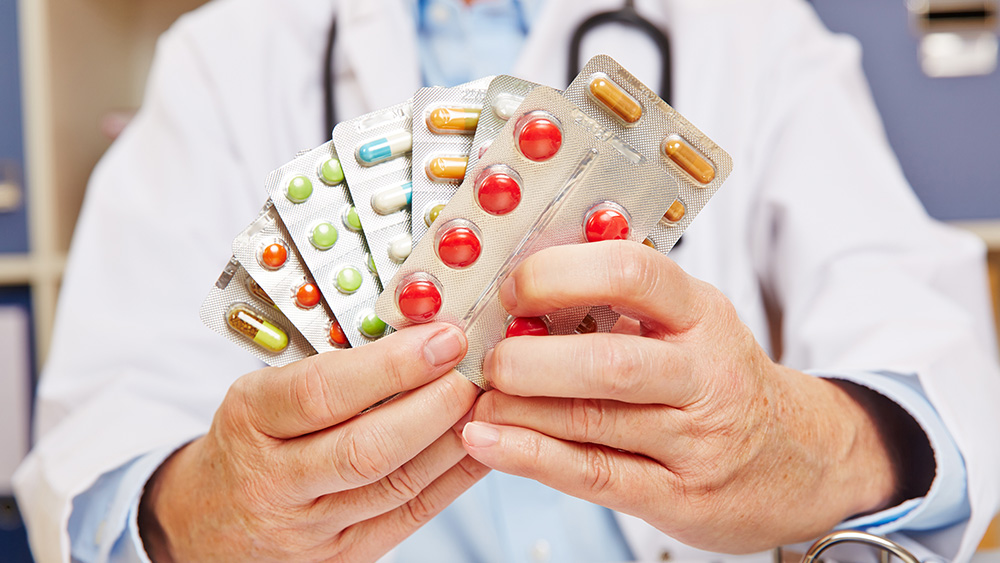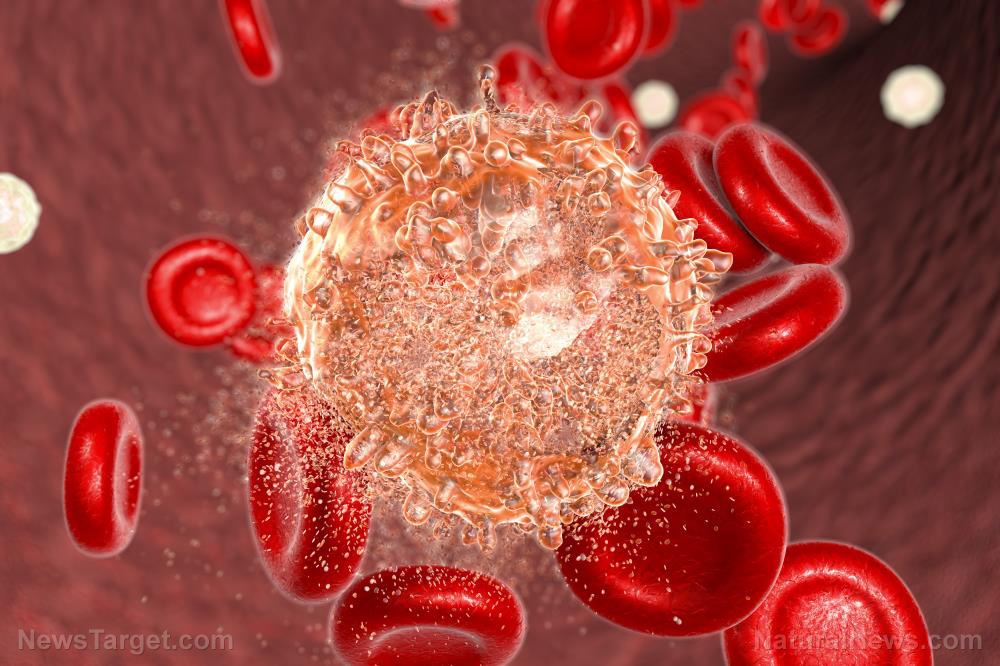“Double-duty” hydrogel promotes bone growth while fighting bacteria
04/15/2020 / By Franz Walker
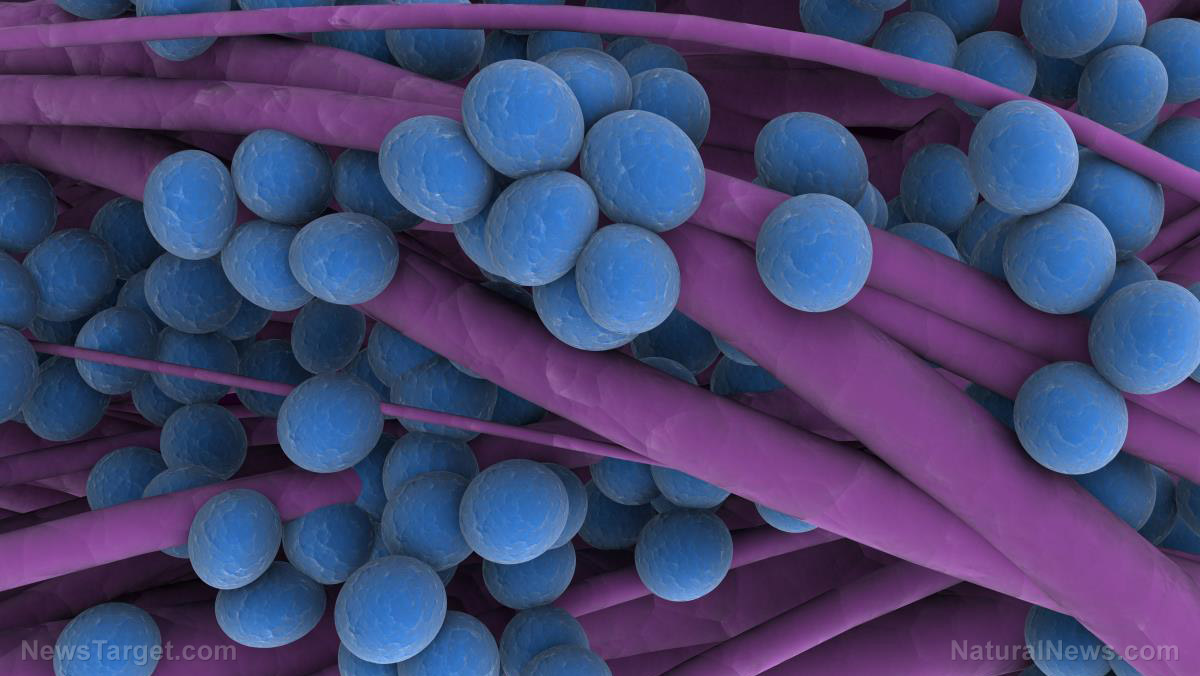
Bone infection is one of the complications that may arise from surgeries prompted by automobile accidents, combat wounds or cancer treatments. To fight this type of infection, a team of researchers recently developed a new, double-duty hydrogel that simultaneously attacks bacteria and promotes bone regrowth with a single application.
Researchers at the Georgia Institute of Technology created the hydrogel to address the problem of bone infections, which are difficult to treat. These infections often occur due to the implants, which are put in to help the bone heal. When bone infections do happen, the implants need to be removed first before the problem can be dealt with. Once the infection is gone, additional surgery is required to place another implant and administer the proteins needed to stimulate bone growth. However, the dead bacteria from the infection can prompt a harmful inflammatory reaction.
“Treatment for bone infections now often requires two surgeries to both eliminate the infection and heal the injured bone,” said Andres J. Garcia, one of the authors of the study. “Our idea was to develop a [bi-functional] material that does both things in a single step. That would be better for the patient, cost less and reduce hospitalization time. We have shown that we can engineer the hydrogel to control the delivery and release of both the antimicrobial enzyme and the regenerative protein.”
Killing bacteria with their own weapons
To create the hydrogel, the researchers needed to use a material that would not trigger an inflammatory response. For this reason, they chose lysostaphin, an enzyme that kills bacteria by cleaving cell walls without generating inflammation.
Lysostaphin is a type of enzyme called a bacteriocin. Bacteria produce different types of this protein to defend themselves from other bacteria. Lysostaphin is produced by — and is lethal to — bacteria of the genus Staphylococcus. Staphylococci are some of the most common causes of infections in healthcare environments, including operating rooms where bone surgeries take place. (Related: Drug resistant staph infections on the rise in U.S. hospitals.)
One issue with lysostaphin, however, is that it doesn’t last long inside the body. Putting it in a hydrogel solves this issue, as it allows lysostaphin to be released slowly over a period of two weeks as the hydrogel polymerizes.
“With this strategy, we can get rid of the bacteria in such a way that the body re-establishes a normal inflammatory environment that allows the bone to heal,” stated Garcia.
One other benefit of the hydrogel is that no further surgeries are required to remove it. It eventually breaks down inside the body and gets excreted in urine. According to Garcia, after several weeks, the hydrogel is gone from the body, having been replaced by healing tissue.
Encouraging bone regrowth
To further achieve the researchers’ goal of accelerating bone healing and eliminating additional surgeries, the hydrogel also contains bone morphogenic protein 2 (BMP-2). This protein encourages bone growth and is often used in orthopedic applications. Normally, BMP-2 is administered as part of follow-up surgeries after the infection had been cleared. By adding BMP-2 to the hydrogel, the need for another surgery is eliminated.
Preventing infections in surgeries
While the hydrogel is designed to treat infections that occur after bone surgeries, the researchers see its potential to prevent infections during surgeries as well. The idea is to apply the soft gel onto the implants themselves. For example, the hydrogel can be applied to the threads of screws as an antimicrobial lubricant. During surgeries, these screws are inserted to fasten the implants to the bones in order to repair an injury.
But before the hydrogel can be applied in clinical settings, the researchers need to conduct more tests. If their results are promising, they will then move on to clinical trials.
“The mechanisms used to fight off infection depends on the species,” noted Garcia. “That’s why it’s so important to repeat the studies in a large animal after testing in mice or rats. Showing efficacy in a large animal model would be a key step toward human trials.”
Sources include:
Tagged Under: bone health, bone infection, breakthrough, discoveries, future science, hydrogel, innovations, inventions, medical tech, research, staph bacteria, Staph infection, surgery


